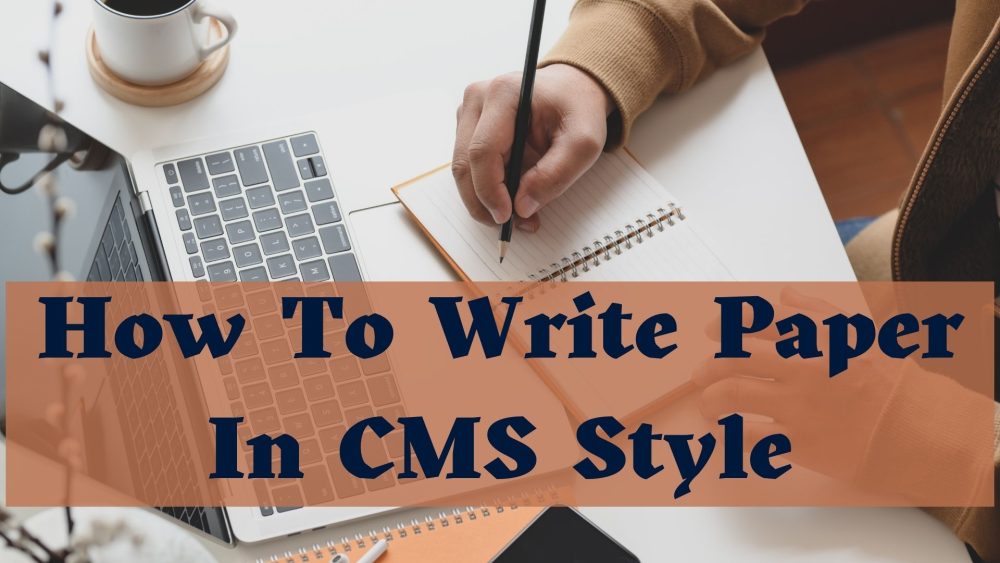The ASA format has been associated mainly with sociology university research papers. In the U.S, this style is a leading referencing and quotation method. All sociological scholars use the ASA citation format in creating the proper arrangement of bibliography, footnotes, and citation. This guide will highlight how to write ASA format on academic papers. The standards of ASA were created by the American Sociological Association. More details on the ASA paper format can be found on the Association’s site.
This ASA formatting is also called English American Sociological style. It was designed specifically for academic and research papers in sociology. The format, like MLA or APA, has special requirements when it comes to the arrangement of content, footnotes, citations, and bibliography in research/academic works. It is used in all colleges, so students are aware of them. However, the American Association of Sociologists may update these requirements from time to time. In the meantime, here is how to write ASA title page and ASA style paper
ASA Style Guide
Like all other citation styles, ASA format includes ASA headings, in-text citations, the body text as well as references. Students must understand all the elements to be able to format it properly. That is why this post will outline all the rules and features of the citation format, used by the professional writers of sociology papers.
As a student who plans to pursue a master’s degree in sociology, you should follow the guide carefully. It features mechanics of style, editorial styles, guidelines to present the content as well as detailed information about referencing of all scholarly sources.
How To Write In ASA Format
The ASA format is a lot similar to APA, which was developed earlier by the American Psychological Association. Both ASA and APA have the same reference and citation. Also, all sources used in the paper is placed at the end of each document.
All reference entries must be mentioned alphabetically in the ‘references’ section. You can easily recognize this style from the ‘author-year’ citation format. The header design is also an indicator that highlights the style. The date of publication follows the name of the author or the names if they are more than one.
How To Cite In ASA Format
The title page, abstract, reference page, and other sections need to follow a particular format. Here are the guidelines and ASA citation examples to make it easier to write:
- Title page: the title page section of your research or paper should contain the full title of the essay as well the name of the institution and author. You can go ahead and indicate the address of the author. The information should also be centered on the paper. The title of the research paper should also be written boldly.
- Abstract: this may not be required in some papers. However, if the work does contain an abstract after the title page, then you should cite it properly. The abstract gives full insight into the paper contents and all the terms used therein.
- Reference page: this page has all the sources listed out on it, it should contain the source name, the author’s name, the year of publication of the source as well as the name of the publisher of the source. This order must be followed strictly, or it would begin to resemble another type of citation.
ASA Headings And ASA Cover Page
Here are some other basic features of ASA style below:
- The paper has to contain a running head. The head is a summarized version of the full title of the paper. Also, it should be put down in capital letters. The heading must be less than fifty characters and aligned to the right.
- The page numbers have to start in the first page’s header with Arabic number 1. This part should flush left.
- ASA margins have to be set at 1”.
- Times New Roman is an acceptable font, and it should be 12pt.
- Double spaced text is recommended for this citation style.
ASA Format Example General Requirements
This format uses the author-date method of designing the in-text citations to provide relevant commentary or cite sources. The author’s last name, year of publication of the source must be included in the text. This information must also be carried down to the reference page.
The general rule is that in-text citations should be set at the end of a paraphrased idea. It must also contain the name of the writer and the year the source was published. If you have already mentioned the name of the author, then you may not need to repeat it in this instance. The only thing that it is permitted in this circumstance is to add the year of the publication in the parenthesis.
See these ASA format example paper below:
- Sample 1: according to Mark (2015), …
- Sample 2: in the middle east, heat beating is done using the conventional means of water and shade (Mark 2015)
If there is need to specify the particular page number you have cited, then you can write it after the publication year. Simply place a colon between both sides to help differentiate them.
For example:
- … as mark wrote (2015:16) …
ASA Bibliography Writing Tips
If you choose to use the name of the author in the text, you do not need to add the name of the author in the in-text citation.
For instance, “according to Michael Bell (1960).
If you do not use the name of the author, it is safer to enclose it in parentheses.
For example, “the term of the post-industrial society (Bell 1960).
Put down the page number without adding any space after the colon. “according to the term of the post-industrial society (Bell 1960:78)
Where there are two authors, mention both and add the date of publication after the names. For example, “(Bell and Gotham 1980)
Where the paper cites more than three authors, you must cite them in the first quotation. You can add et all if you have added it before and don’t want to add them again. Here’s an example,
- … (Mark, Bell, and Gotham 1980) for the first time.
For the second time, use et all.
- … (Allen et al. 1980) in the text.
Where there are so many references in the text, separate them using semicolons. You should write the names of the authors alphabetically. You can also opt to use the publication year but you must stick to a single approach all through the paper.
Here’s an example:
- … (Mark 1880; Bell and Gotham 1980; Bourne 1999);
Or you could use:
- … (Bell and Goffman 1980; Bourdieu 1999; Mark 1880).
ASA Format Sample Paper – Citing Direct Quotations
One way to cite in this format is by making use of direct quotations. These are phrases taken from the main source. You should note the difference between direct quotations and paraphrased quotes. Using the ASA format, you use the quotation marks in the direct quotations used in the paper. It is crucial to note that the closing quotation mark follows the parenthetical citation, which is written in parenthesis. It contains the name of the writer, the publication year as well as the page.
For example, “from data gathered from the late 1990s, revealed that professions linked to technology were heavily paid” (Gotham 1999:45).
Format Rules For ASA Bibliography
The bibliography format for ASA has some simple rules. All resources used in the paper are mentioned at the end of the research paper. It is usually labeled “references.” The references should be arranged in alphabetical order. The surname of the source author should be included.
All the lines after each entry should be indented by 0.5 inches. Also, the titles of books and periodicals will be italicized at the reference page. All the titles of chapters or articles that do not have quotation marks should be writing in italics.
Reference list or the bibliography must include all references mentioned in the text. Do not forget to add references to the list. The author names should be written in alphabetical order starting with the first surname of the author. All first and surnames of the authors should be included. Also, periodicals and titles should be written in italics.
Examples
- Books
Mark, Jasper D. 1998. Ethnographic Research. Manhattan, NY: State University of New York Press.
- Academic journals
Nahda, Bill D, 2012. “Health of Mentally Disadvantaged Men.” Gerontologist 50:510-11
- Resources from the Internet
“The Effect of the Career Choice Process on Candidates” 2017. University of New York April 27, 2006, https://daytimepapers.com/static/docs/the-effect-of-the-career-choice-process-on-candidates.pdf).
Also, it is a lot faster to reference a website or book by making use of free online citation apps. You can use this method if you want to cite your resources faster.
Example:
Gray, Philip B. 2012. “Networked Organization, Leaderless Resistance, and Ideological Hegemony.” Political Violence and Terrorism 26(5):655-677.
Buhs, Joshua Green. 2019. Bigfoot: The Life & Times of a Legend. Toronto: University of Toronto Press.
This type of format can be complicated sometimes since you’ll have to format tables and follow instructions strictly. Some other rules in ASA formatting include:
- It is crucial to double space all quotations between the entries
- Don’t use an ampersand (&)
- Place a comma between two or more names.
- Start all words from articles, propositions, and conjunctions with capital letters.
- Where the writer introduces more than one article from the same author, you should add a full name in every quotation. This follows a chronological order, starting from the oldest to the newest.
Also, your research paper should be written in straightforward and simple words. Active voice is also recommended. Do not use slangs, jargons, or general expressions when you use this format. Do not abbreviate words. Words like “versus” and “percent” should be written in full. All abbreviations in this citation format should be used in graphs or tables. Use all gender terms if they are important to the analysis you have provided.
Try to avoid racial and ethnic stereotypes. Ensure that you describe ethnicity and race precisely. Don’t use Mexican when you should use Latin American. If you choose to abbreviate in the text, then specify the full name in brackets.
You Can Get Some Help With Formatting
Students who have no experience with paper formatting can follow these tips to master ASA style. You can also search for samples of ASA formatting on the internet. If you are running out of time, you can also get experts to handle the formatting of your paper.
Creating Great ASA Formatted Paper
Citing is an excellent way to avoid plagiarism. It is also important to help you to acknowledge an author. In the future, other students may cite your work as well. Even though the process of writing citations and references is boring and time-consuming, it is better to use it to acknowledge the original writer.
Following these steps, you can create an excellent ASA formatted paper.

